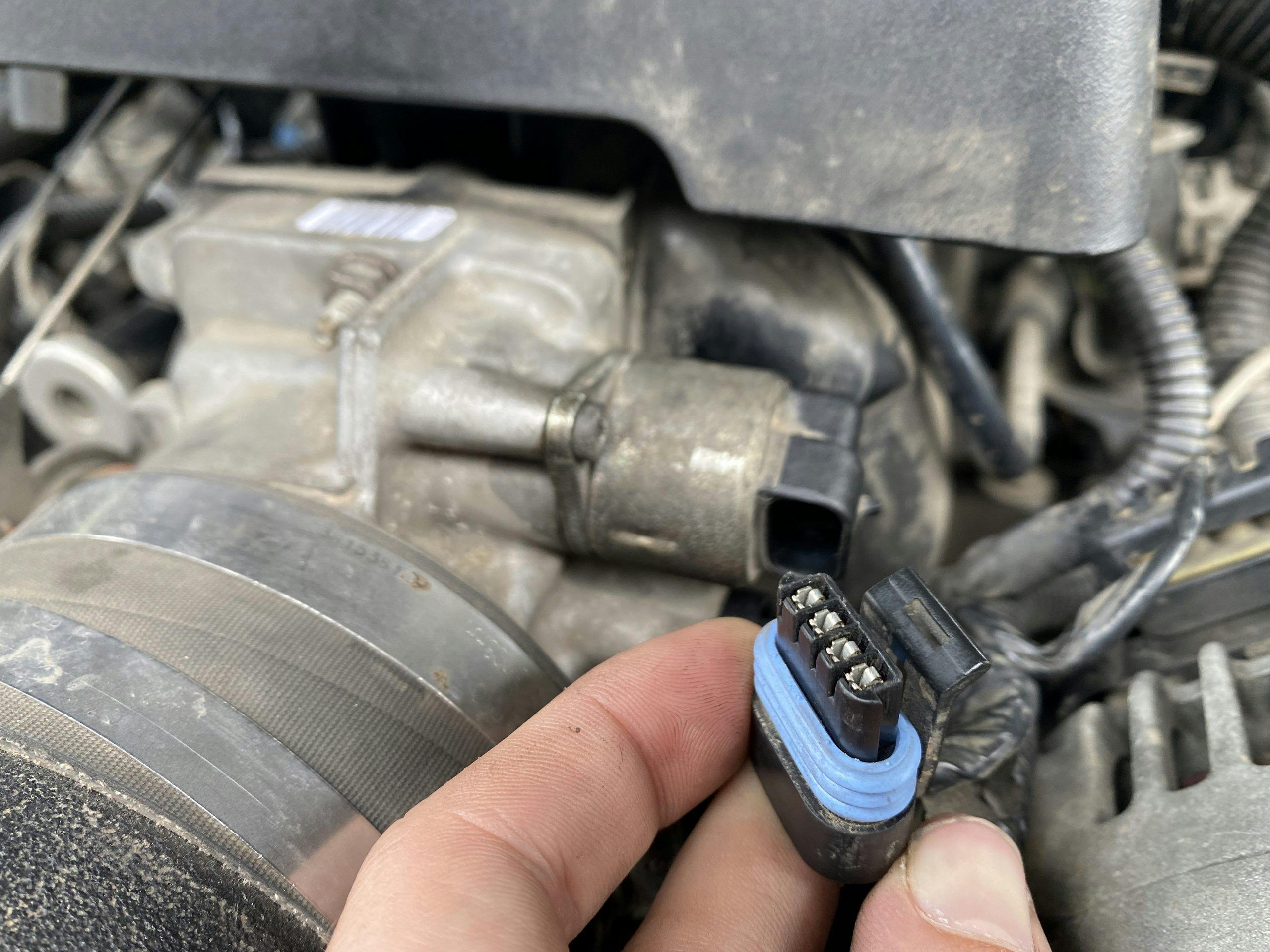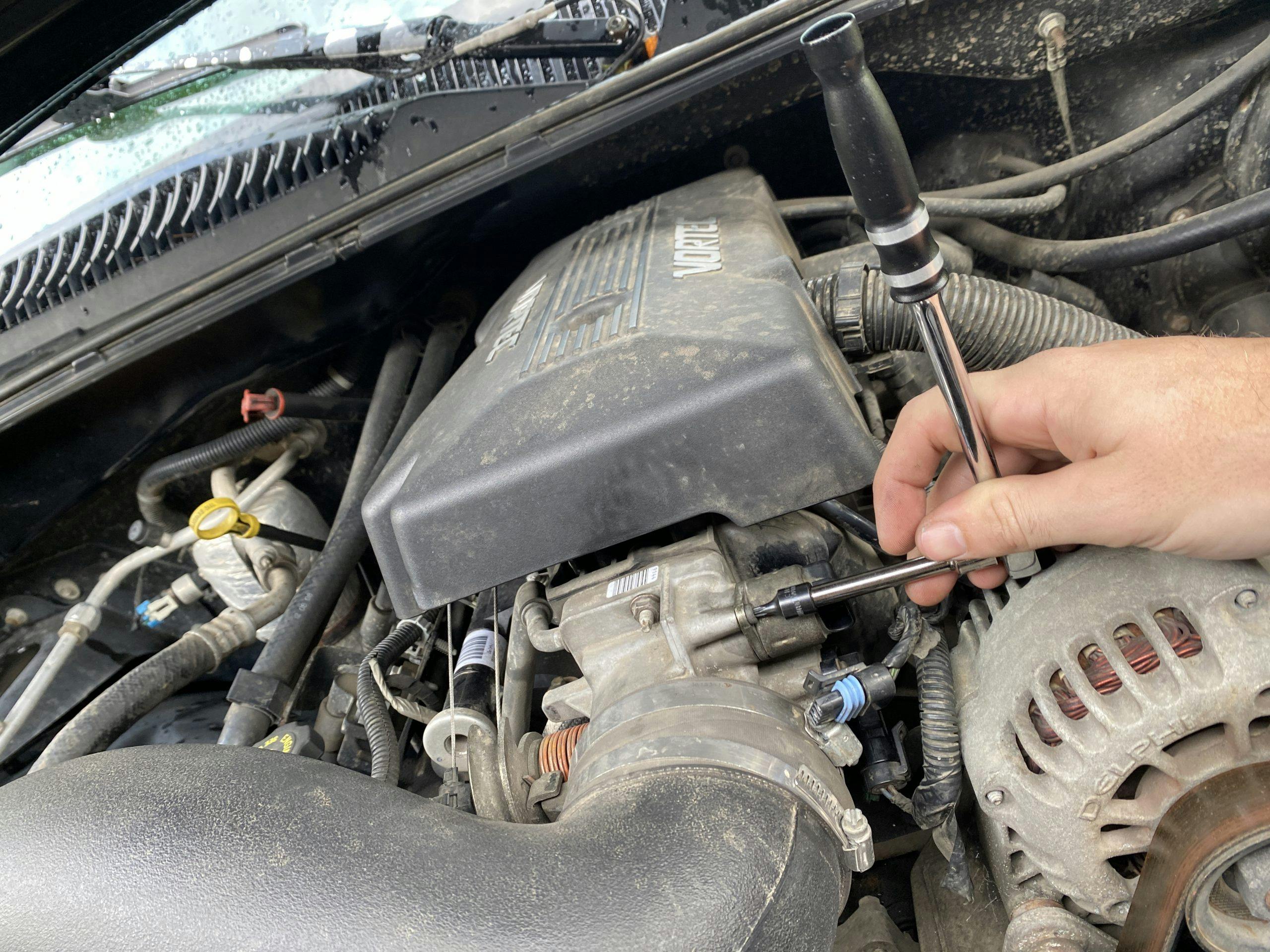A simple fix on a modern car? Yes, it’s possible
Many car lovers often bemoan modern cars’ multitude of sensors and electric motors for their ability to vastly complicate diagnostics and repair. However, it’s not all so bad. In fact, a component that sounds complex—the idle air control valve, for instance—may be simpler to fix than you think.
ChrisFix, a DIY-focused YouTube channel just posted a good reminder of this fact. Pulling the simple valve, giving it a good cleaning, and reinstalling it can fix several different issues you might be experiencing with your modern-era ride. It helped me get my beloved 1999 Silverado back into shape—more on that later.
At first glance this seems be completely irrelevant for vintage vehicles, but with the proliferation of restomods, which often pack contemporary computer-controlled engines, I’d bet that this sort of maintenance will become increasingly common among the enthusiast community. The 5.3-liter V-8 that resides in my 1999 Chevrolet Silverado is an incredibly popular engine for swapping into classic chassis. In fact, given a sufficiently long timeline, that’s my plan for this particular engine after the body and frame rust away.

The truck runs well, but not perfectly. Recently, I discovered an odd stumble at part throttle that popped up occasionally, especially when the engine was cold. After a few other “fixes,” I pulled the two T20 torx bolts that held the idle air control valve to the throttle body. It was pretty gummed up because the 5.3-liter uses the passenger valve cover vent to pull any extra air the engine needs for high idle. That means on this high-mileage, used-but-only-kind-of-abused engine, plenty of oily residue gets drawn in with every cold start.
That grime made the control valve sticky; the random stumble I had observed was a symptom of the engine management system trying to cover for the stuck valve. The computer was doing an okay job at best, but the truck was still drivable. However, after cleaning out the valve, I found that the truck not only started easier, it dropped from idling at around 800–900 rpm to a rock-solid and smooth 500–600 rpm when warm. Cleaning the valve made shifting the truck easier and actually caused noticeable improvement in the brakes, thanks to the additional vacuum force from sealing what was essentially a vacuum leak.
Don’t fall for the hype; simple fixes still exist on modern cars. This fix cost me nothing but time, since I already had some electrical cleaner spray in the toolbox. I might have to replace the valve in the future—it won’t last forever—but this band-aid fix was free and successful.




